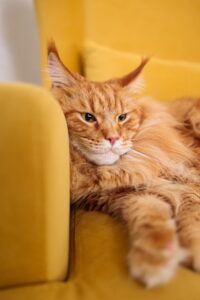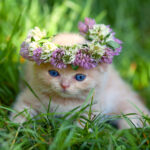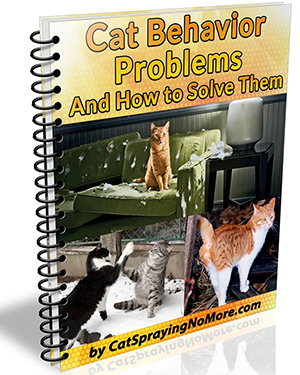Monthly Archives: January 2024
20 Apartment-Living Problems with Cats
For many years my cat and I lived in an apartment and the list of 20 Apartment-Living Problems with Cats that I noticed when doing so is listed below.
Limited Space and Exercise:
- Lack of vertical space: Apartments lack the climbing opportunities cats crave, leading to boredom and restlessness.
- Not enough playtime: Confined spaces make tiring cats out difficult, resulting in destructive behaviors like furniture scratching.
- No access to the outdoors: Outdoor enrichment like chasing bugs or sunbathing becomes unavailable, which can be frustrating for cats.
Litter box and Hygiene:
- Litter box odor: Confined apartments can amplify litter box smells, especially for single-litter-box households. With the right kitty litter and daily cleaning of it became a lesser problem.
- Litter box placement limitations: Finding a discreet and convenient location for a litter box in a small space can be challenging.
- Difficulty maintaining litter box cleanliness: Frequent litter changes and cleaning might be necessary due to closer proximity to living areas.
Noise and Neighbor Issues:
- Meowing: Apartment walls can amplify cat vocalizations, leading to complaints from neighbors or feelings of self-consciousness.
- Running and jumping: Active cats in small spaces can create noise from running, jumping, and playing, disturbing neighbors. The Zoomies.
- Scratching on doors and walls: Lack of appropriate scratching posts might lead cats to scratch on furniture or doors, causing damage and noise.
Safety and Security:
- Open windows and balconies: Accidental falls from windows or balconies pose a serious danger to apartment-dwelling cats.
- Escape risk: Open doors or unlocked windows can lead to escapes, with the city environment posing dangers to lost cats. I did live in New York City bough of Queens near a major blvd.
- Poisonous plants: Many common houseplants are toxic to cats, requiring careful plant selection and placement. I got a list and my the previous post mentioned the plants.
Socialization and Enrichment:
- Loneliness: Cats left alone for long periods in apartments can become lonely and stressed. Nor all my apartments my one in NYC had other cats, but male cats always don’t get along.
- Lack of cat-friendly interactions: Limited exposure to other animals or people can make socialization difficult.
- Mental stimulation issues: Apartment life can restrict opportunities for hunting, foraging, and exploring, leading to boredom.

Orange Maine Coon by Thirdman from Pexel
Additional issues:
- Heat regulation: Cats can struggle to regulate their temperature in small, poorly-ventilated apartments.
- Traveling with cats: Moving apartments or going on trips can be stressful for cats due to changes in environment. Note this is also if you live in a house.
- Pet fees and restrictions: Some apartment buildings have pet fees or restrictions, adding financial and logistical hurdles.
- Finding cat-friendly apartments: Finding an apartment with suitable amenities and policies for cats can be challenging. It does take longer on both Craigslist and other online classifieds and apartment websites, I had to skip more then half of them because they would say no pets.
- Balancing cat needs with apartment living: Accommodating a cat’s natural instincts and needs within the limitations of apartment life can be a constant negotiation.
Remember, these are just some common problems, and the specific challenges will vary depending on individual cats and apartment situations.


